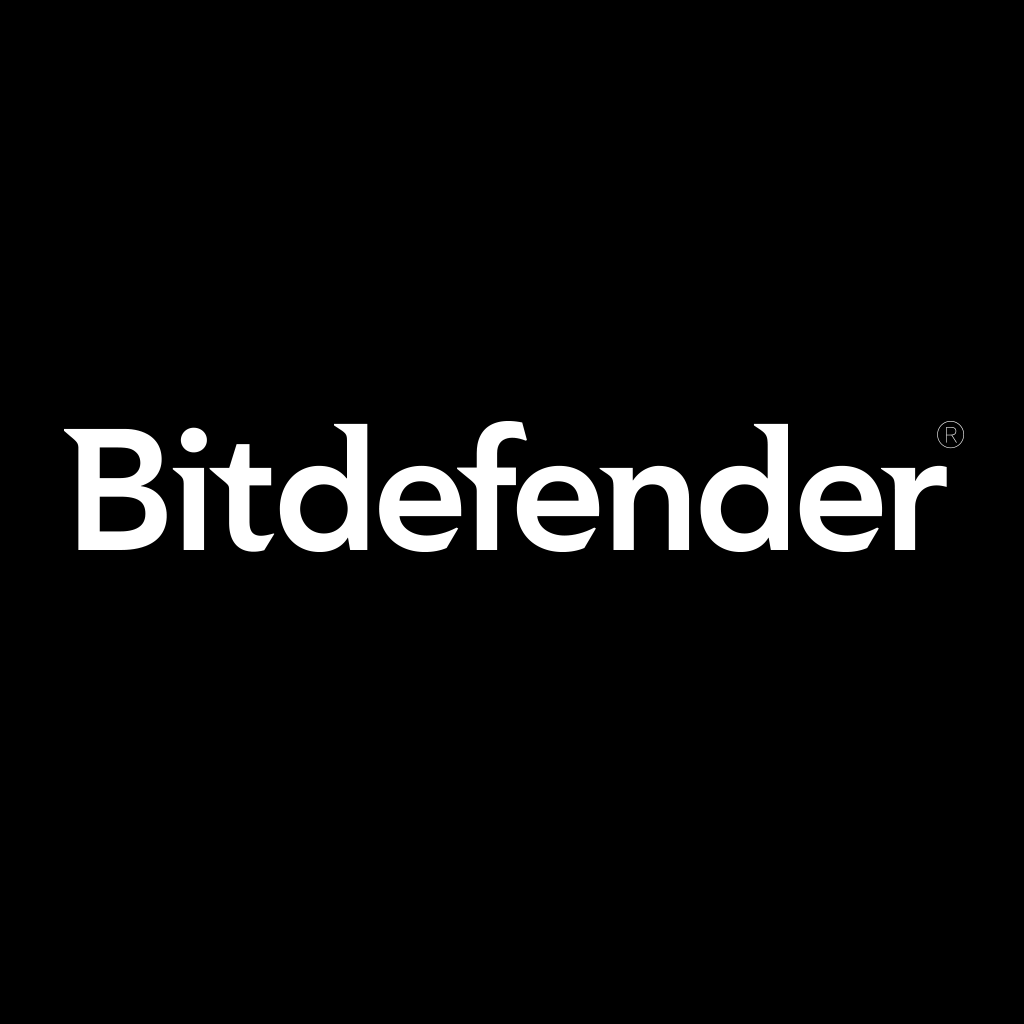Bitdefender and Netgear 2025 IoT Security Landscape Report Shows Alarming Rise in Smart Home Threats

Bitdefender, in partnership with NETGEAR, has released the 2025 IoT Security Landscape Report, a data-rich look at the risks facing connected homes worldwide.
Using telemetry from 6.1 million smart homes and data from over 58 million IoT devices, the report offers a rare glimpse into how everyday gadgets – from TVs and cameras to routers and solar inverters – are shaping the next generation of cyber threats.
Between January and October 2025, Bitdefender technologies detected 13.6 billion attacks and blocked 4.6 billion attempts to exploit vulnerabilities in consumer IoT devices.
Connected homes faced almost 30 attempted attacks per day each, confirming that automated, always-on attacks have become the norm.
Streaming devices, smart TVs, and IP cameras now account for more than half of all known vulnerabilities, turning entertainment and surveillance equipment into preferred attack avenues of the connected household.
Meanwhile, large-scale threats like the BadBox botnet and 22.2 Tbps DDoS attacks show how consumer gadgets are being weaponized at an industrial scale. Even elements of clean-energy infrastructure, such as solar inverters, now face increased pressure from regular cyber-crime rings, as well as from rival nation-states.
“The explosion of connected devices has transformed homes into complex digital ecosystems, but it’s also made every lightbulb, camera, and router a potential target,” said Ciprian Istrate, senior vice president of Operations at Bitdefender Consumer Solutions Group.
“Our research with NETGEAR shows that IoT security can no longer be treated as optional. Protection has to start at the network level, inside routers, gateways, and even at the ISP edge to stay ahead of increasingly automated and industrial-scale attacks,” he added.
Download the report to explore detailed statistics, notable case studies, and Bitdefender’s outlook for 2026, including forecasts on router botnets, firmware supply-chain risks, and the growing privacy implications of connected ecosystems.
